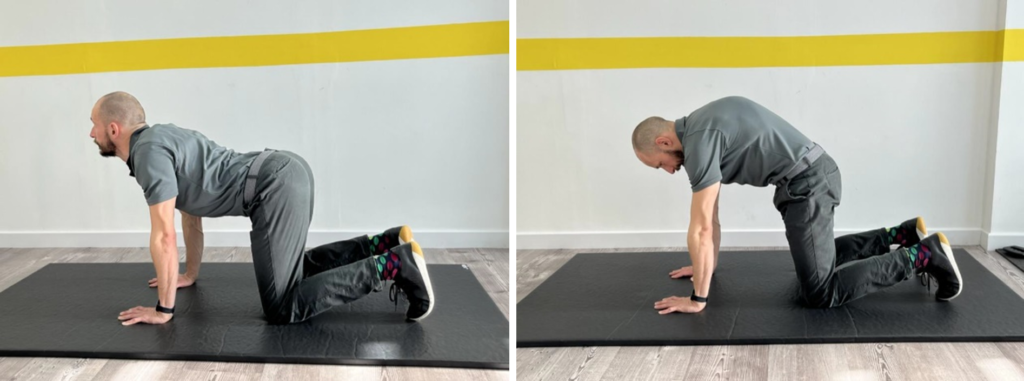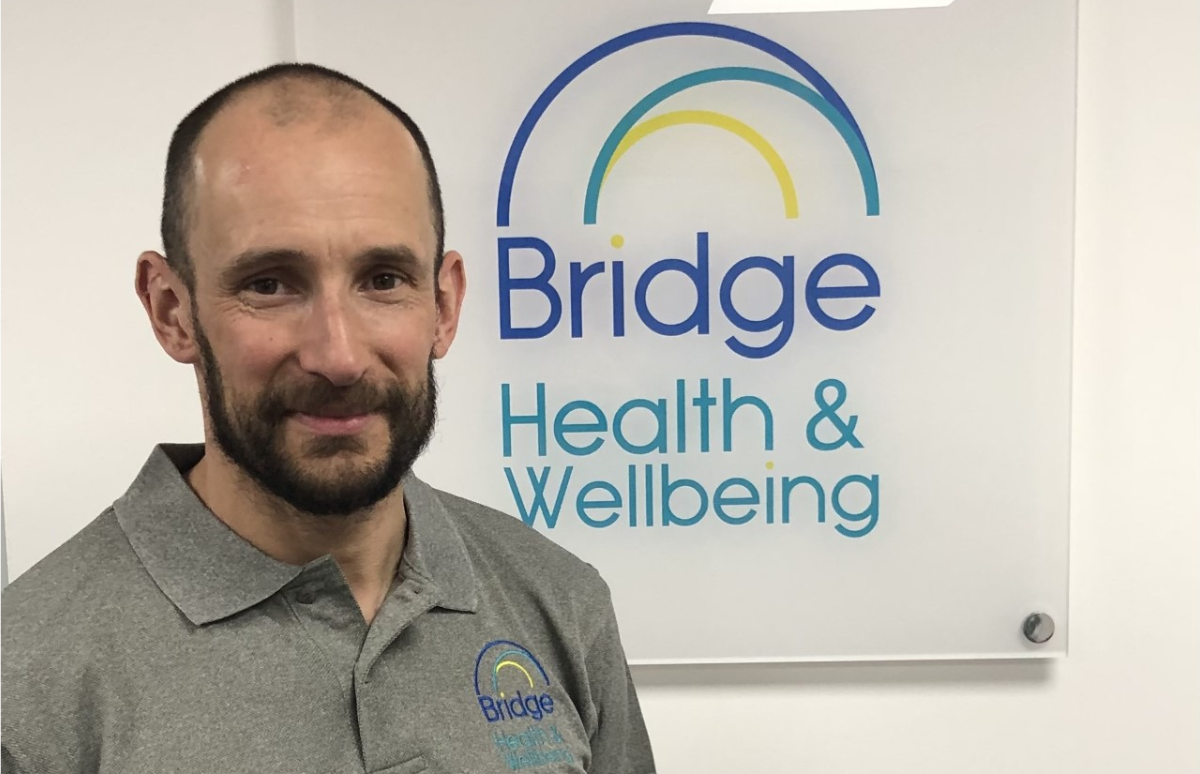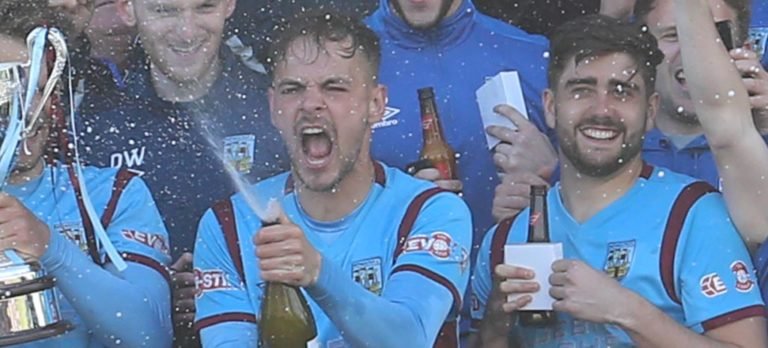Common Footballing Injuries and how to treat them
Injuries are every club and footballer’s nightmare. A couple of major injuries to significant players can have a devastating effect on an entire club season.
Did you know that around 80% of premier league football clubs employ a chiropractor or Osteopath to treat injured players, keep healthy players fit, and work on injury prevention?
Here at The Terras, we work with the team at Bridge Health & Wellbeing, our health and wellbeing partners, to keep our players as injury-free as possible. Their chiropractor, Aaron Coode BSc, MSc, DC, has two decades of clinical experience and a particular interest in sport-related injuries. He tells us all about common footballing injuries and how to treat them.
“When a player is injured, the goal is to return them to full fitness as quickly and safely as possible. An injured player might be treated by a range of different sports medicine experts: a doctor, physiotherapist, sports therapist, chiropractor, pilates instructor or strength and conditioning specialist.
The most common footballing injuries are to the lower limb, such as muscle strains (hamstrings & groins) and joint sprains (knees & ankles). Because football involves lots of short sprint efforts and direction changes, this can place high stress on the muscles and joints of the legs, especially the hips, pelvis and lower backs. It is very common to see players develop pain and stiffness around the hip joints, muscles of the groin, the pelvis and lower back. Feet and ankles are other common areas for footballing injuries. These need maximum strength and mobility for players to perform at their best.
As a chiropractor, I use a range of techniques, including joint manipulation and mobilisation, soft tissue massage, and exercises to ensure that a player’s hips are as mobile as possible and that their pelvis and spine are as mobile and stable as they need to be. Every player has individual needs, to treatment is tailored to them specifically.
Did you know that treating the lower back and pelvis has been shown to improve healing times for hamstring strains, a common footballing injury? In a player consultation, I start by assessing some big movements like a squat. Then I assess the spine from head to toe to see if there are any stiff joints or muscles. Finally I look at the hips, knees and ankles. If a player is struggling with a specific movement, such as jumping for a header, I will see if I can identify an issue that we can work on resolving together.
Keeping players fit isn’t just about treating injuries. I also help maintain fit players to make sure that they have full and pain-free movement and stop them from developing any niggles. After an injury like spraining an ankle, a player will often complete treatment and return to sport pain-free. But they are often left with ongoing stiffness in the previously injured area. Treating that ankle regularly to keep the player moving well will help reduce the risk of reinjury.
Injury prevention sessions can also help boost fitness levels in the squad. These sessions are usually a mix of mobility exercises to maintain normal movement and some core exercises to build strength and stability. A bit like a challenging Pilates class. Whilst it is impossible to eliminate the risk of a player getting injured, having enough mobility in the spine, hips and ankles can really help to reduce injury risk.
‘Core stability’, which means having sufficient strength in the muscles of your spine, is essential, not just for protecting the spine but for any athletic performance. The ‘core’ (think of the bit between your shoulders & hips) is vital in developing power for running and jumping. Strength, especially in the legs and the core, is known to be protective against injury. Doing some resistance training in the gym to strengthen the hips, hamstring, thighs and calves can really help keep players on the pitch.
Fancy having a go yourself and feeling like a football pro? Here are Aaron’s top 5 exercises to help you build a strong core, like our footballing stars:
1. Cat Camel: a great spinal mobility exercise

Begin by rounding your back upward until you feel a gentle stretch in the mid and low back. Pause for 3-5 seconds, then relax and let your stomach fall downward as you gently arch your back. Perform 2 sets of 10 repetitions to warm up prior to strengthening exercises.
2. The bird dog

Begin by gently tightening your stomach muscles to activate your core. Raise one arm to shoulder level as the opposite leg lifts simultaneously off the floor, extending to hip level. Hold for 10 seconds and return to the start position and alternate sides. Perform 2 sets of 10 repetitions.
3. Side plank

Begin lying on your side with your elbow underneath your shoulder and knees bent. Gently tighten your stomach muscles to activate your core. Lift your hips off the floor so that your knees and elbow are supporting your body weight. Hold for 10 sec. Repeat 4-6 times and repeat on the opposite side.
4. Plank

Begin lying face down with elbows under shoulders and legs extended. Gently tighten your stomach muscles to activate your core. Lift your knees and hips off the floor so you’re your forearms and toes are supporting your body weight. Hold for 10 sec. Repeat 4-6 times.
5. Glute bridges

Begin lying down with both knees bent. Gently tighten your stomach muscles to activate your core. Squeeze your glutes and lift the hips off the floor until your knees, hips and shoulders are in alignment. Hold for 2-4 seconds before slowly returning to the start position. Perform 2 sets of 10 repetitions.
Don’t forget to always exercise within what feels comfortable for you and contact a health professional if you have any concerns. In the meantime, let’s hope that with Bridge Health & Wellbeing’s help, we can keep as many of our players fit for as long as possible and give ourselves the best chance of a strong finish to the season.




